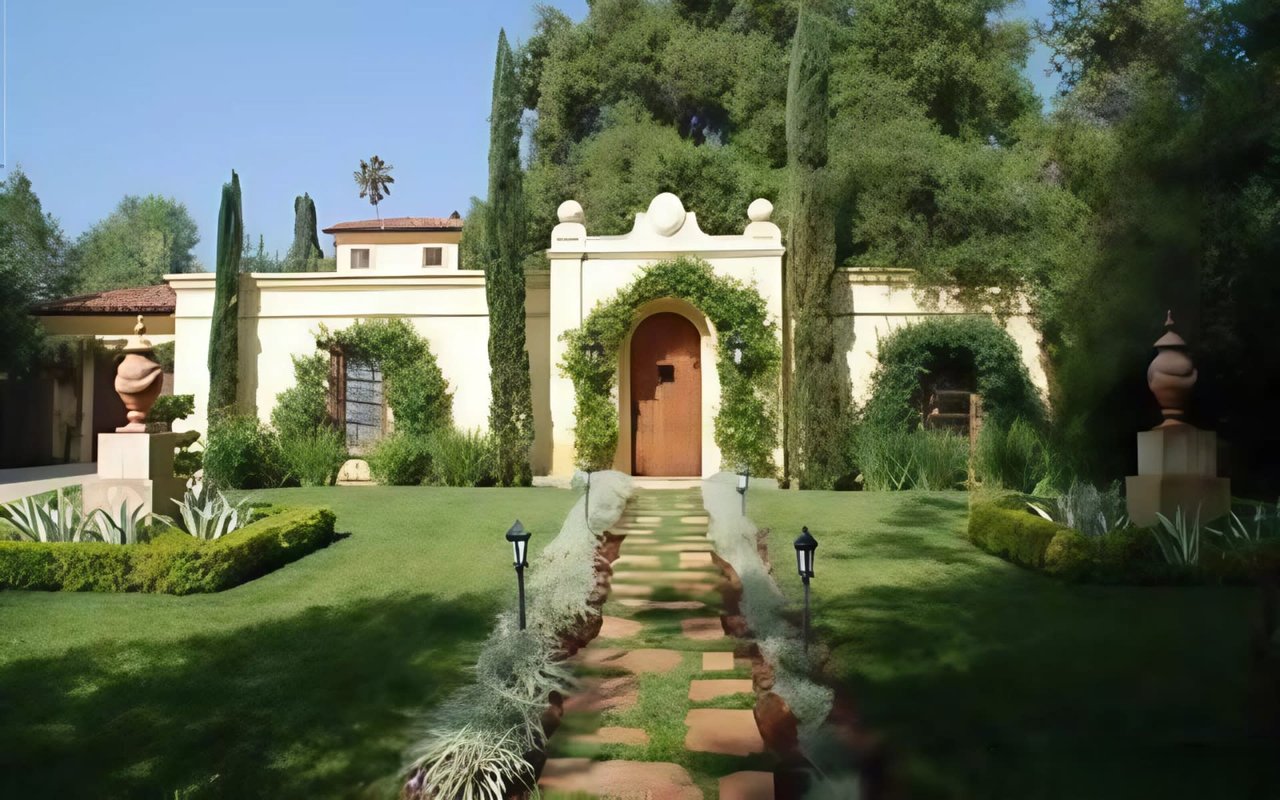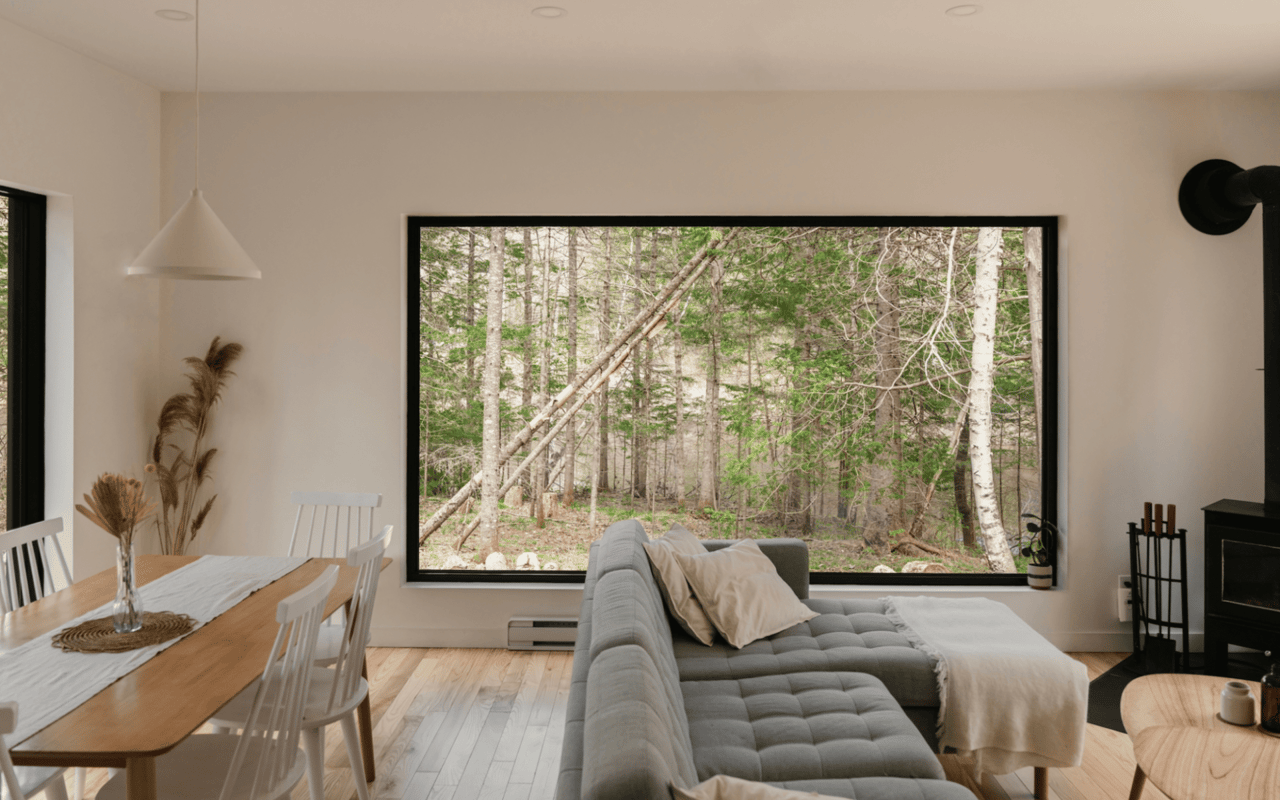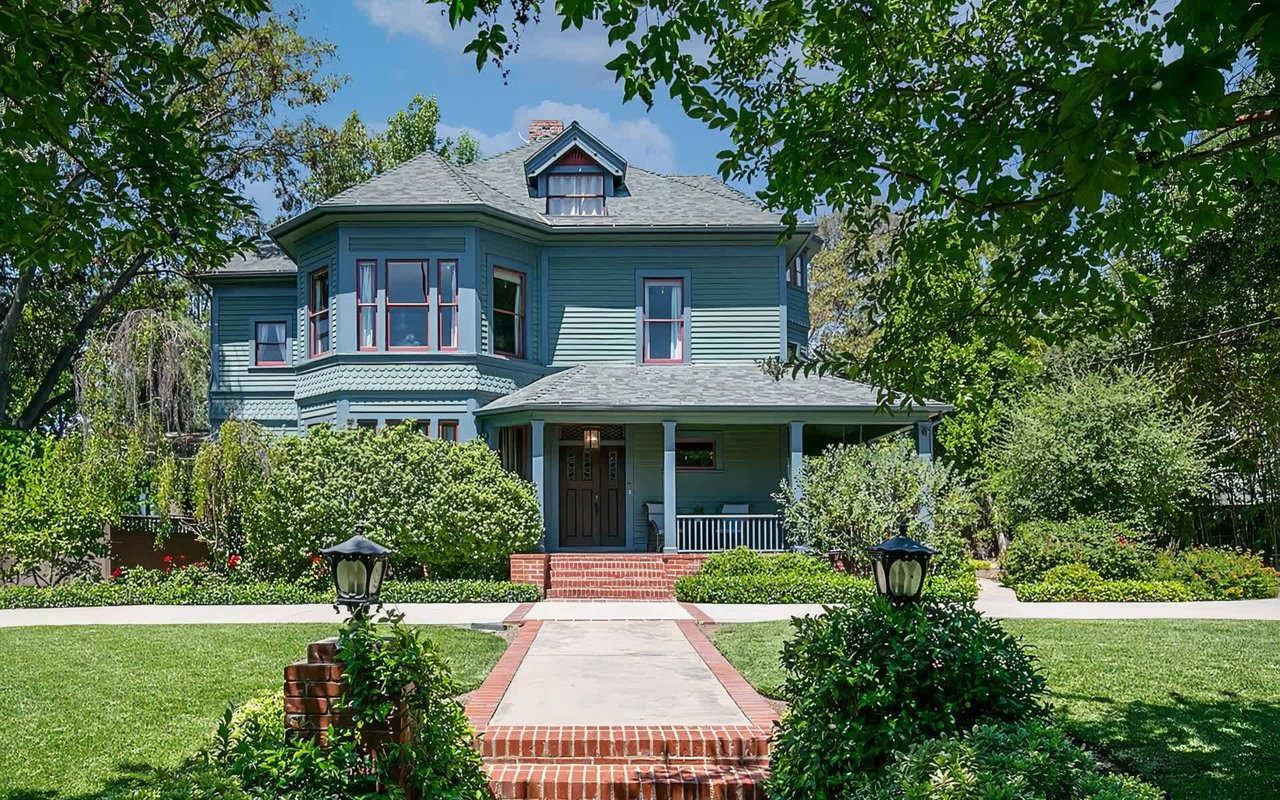Decorating an historic home involves a delicate balance of preserving its architectural integrity while incorporating contemporary comforts and aesthetics. The charm of historic homes lies in their unique architectural features and storied pasts, making it crucial to approach decoration with sensitivity and appreciation for its original elements. This guide provides comprehensive insights and practical tips for those looking to honor their home's history while updating it to suit modern-day living.
Understanding Historical Context
The first step in decorating an historic home is to understand its architectural style and era. Whether it’s Victorian, Colonial, Art Deco, or another style, each period has distinct characteristics that define its architecture and decorative elements. Researching the time period of your home can provide valuable insights into the original color palettes, furnishings, and room layouts that were popular at the time. Local libraries, historical societies, or online resources can be excellent sources for this information.
Preserving Architectural Integrity
Historic homes are treasured for their unique architectural details such as crown moldings, hardwood floors, ornate fireplaces, and original fixtures. Preserving these elements should be a priority in your decoration plan. Restoration, rather than replacement, is key. For instance, if the wood flooring is worn out, consider refinishing it instead of laying new floors. Similarly, if you have original light fixtures or hardware, try to restore them to maintain authenticity.
Incorporating Modern Amenities
While preservation is essential, it’s also important to adapt your historic home to contemporary life. The goal is to integrate modern comforts without detracting from the home's historic character. For modern amenities like heating, plumbing, or electrical updates, use concealed installations where possible to avoid disrupting the aesthetic of your rooms. For kitchens and bathrooms, choose designs that echo the home’s era while providing the functionality of modern fixtures.
Color Schemes and Wall Treatments
Choosing the right color palette is crucial in historic homes. Historical color schemes can offer a palette that is both authentic and appealing. However, you aren’t restricted to these options. Contemporary hues that complement the tones of your home's era can also work well. For wall treatments, consider using period-appropriate wallpaper or techniques like plaster to maintain historical accuracy.
Furnishing with Authenticity
Furnishing an historic home offers an opportunity to showcase period-appropriate furniture that enhances the character of your spaces. Antique stores, estate sales, and online marketplaces can be good sources for vintage furniture that matches your home’s period. However, mixing in modern pieces is acceptable and often necessary for comfort and functionality. Choose modern items that reflect the shape and material of antique pieces to maintain a cohesive look throughout your home.
Lighting Considerations
Lighting plays a significant role in how we perceive space, and in historic homes, it should serve both functional and aesthetic purposes. Opt for lighting fixtures that are sympathetic to the period of your home, such as chandeliers, sconces, or lantern-style lights. Modern lighting solutions that mimic these styles can also be used to enhance the ambiance while providing sufficient illumination.
Art and Decorative Pieces
Decorating your home with art and decorative items is a chance to further reflect the home’s era and your personal style. When selecting art, consider pieces that speak to the time period of your house or those that complement it. Decorative items like vases, mirrors, and textiles can add texture and interest to your rooms. Mixing historical pieces with contemporary art can create a dynamic interior that respects the past while remaining vibrant and current.
Working with Professionals
When undertaking significant decorating projects in historic homes, it may be beneficial to consult with professionals who specialize in historic preservation and interior design. These experts can provide guidance on materials, techniques, and suppliers that are suitable for historic homes, ensuring that your updates are both appropriate and sustainable.
Respecting the Home's Story
Every historic home has a story, and your decoration choices can either enhance or obscure this narrative. As you make design decisions, consider how each element contributes to the overall story of the home. Respect the craftsmanship and historical significance of your home by choosing decorations that honor its past, even while making it comfortable for today's living.
Decorating an historic home requires a thoughtful approach that respects its architectural heritage while making it suitable for modern living. By understanding the historical context, preserving architectural integrity, and carefully selecting colors, furnishings, and modern amenities, you can create a space that celebrates the past and embraces the present. Remember, the ultimate goal is to maintain the spirit and character of the historic home while ensuring it remains a functional and cherished place for years to come.
Susan Mohr and Bradley Mohr are a dynamic real estate duo with over 27 years of experience in the Pasadena real estate market. They have earned a reputation as one of the top-producing teams in the area and were recently honored as one of the top 10 teams nationwide with a large, internationally known real estate company. Contact Susan and Bradley today to experience the difference of working with one of the top real estate teams in Pasadena.
Decorating an historic home requires a thoughtful approach that respects its architectural heritage while making it suitable for modern living. By understanding the historical context, preserving architectural integrity, and carefully selecting colors, furnishings, and modern amenities, you can create a space that celebrates the past and embraces the present. Remember, the ultimate goal is to maintain the spirit and character of the historic home while ensuring it remains a functional and cherished place for years to come.
Susan Mohr and Bradley Mohr are a dynamic real estate duo with over 27 years of experience in the Pasadena real estate market. They have earned a reputation as one of the top-producing teams in the area and were recently honored as one of the top 10 teams nationwide with a large, internationally known real estate company. Contact Susan and Bradley today to experience the difference of working with one of the top real estate teams in Pasadena.




